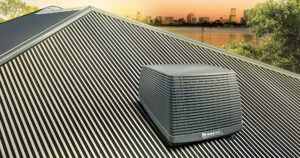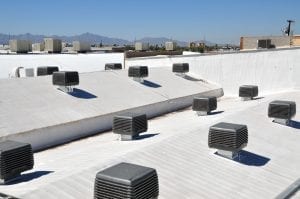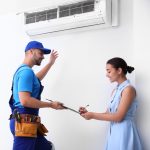What’s in the air?
- Australia, Americas
- Residential
- Health and Wellbeing
Everything you need to know about your home’s indoor air quality and how to look after it
Indoor air quality (IAQ) is the unsung hero of a cozy home – it’s essential for our health and comfort, yet often overlooked. In this blog, we’ll explore various aspects of IAQ to help you create a healthier and happier living space.
Why is it so important? Here are some facts for you
- We take approximately 20,000 breaths a day!1
- Indoor air pollution is considered one of the top 5 health hazards in the world.
- We are estimated to spend 90% of our time indoors
- Poor indoor air quality can affect our health. You can read more about the effects in our blog on Sick Building Syndrome
- The CSIRO estimates that the cost of poor indoor air quality in Australia may be as high as $12 billion per year.2
So, what is in the air we breathe?
In short, a lot! And most of it isn’t amazing for you, unfortunately. In fact, oxygen only makes up approximately 21% of the air we breathe. Let’s take a look below at what else is floating in the air and affecting IAQ and your health.
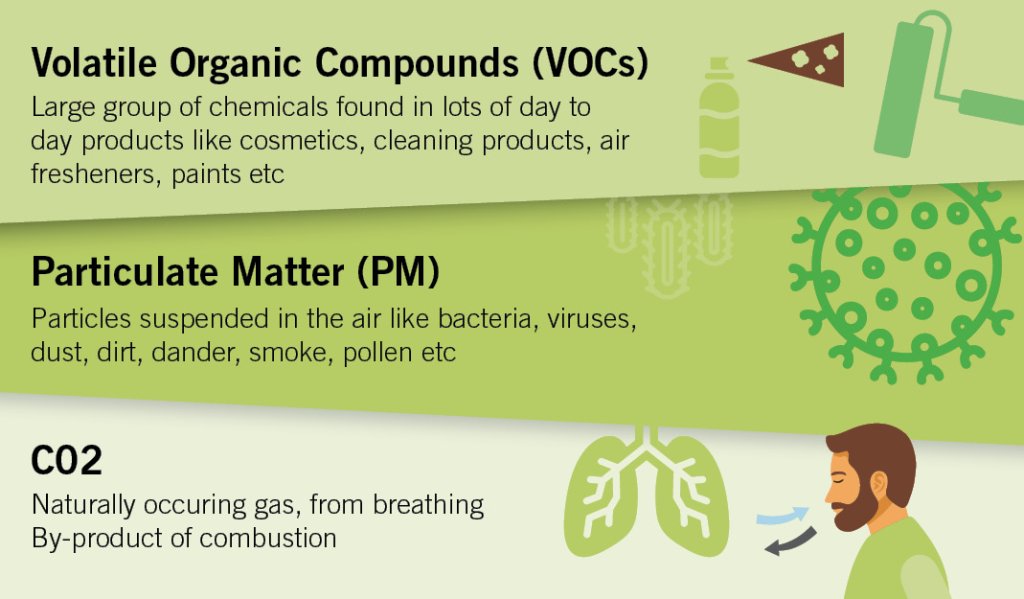
How can it effect you?
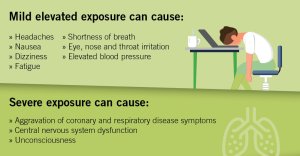
Mechanical Ventilation Systems
You also have the option of mechanical ventilation systems, which can often be found in sustainable building design, or passively designed homes. There are heat recovery ventilation (HRV) and energy recovery ventilation (ERV) systems available. HRV’s work by transferring heat from outgoing, stale air into incoming, fresh air. Essentially, they recover and reuse the thermal energy present in the air being exhausted. ERV’s work in a similar fashion, but also perform the additional function of humidity control.
Did you know Australia has 8 climate zones and 69 regional subzones? Designing to climate is crucial. Learn more about your specific climate zone, and how this impacts heating and cooling needs, here.
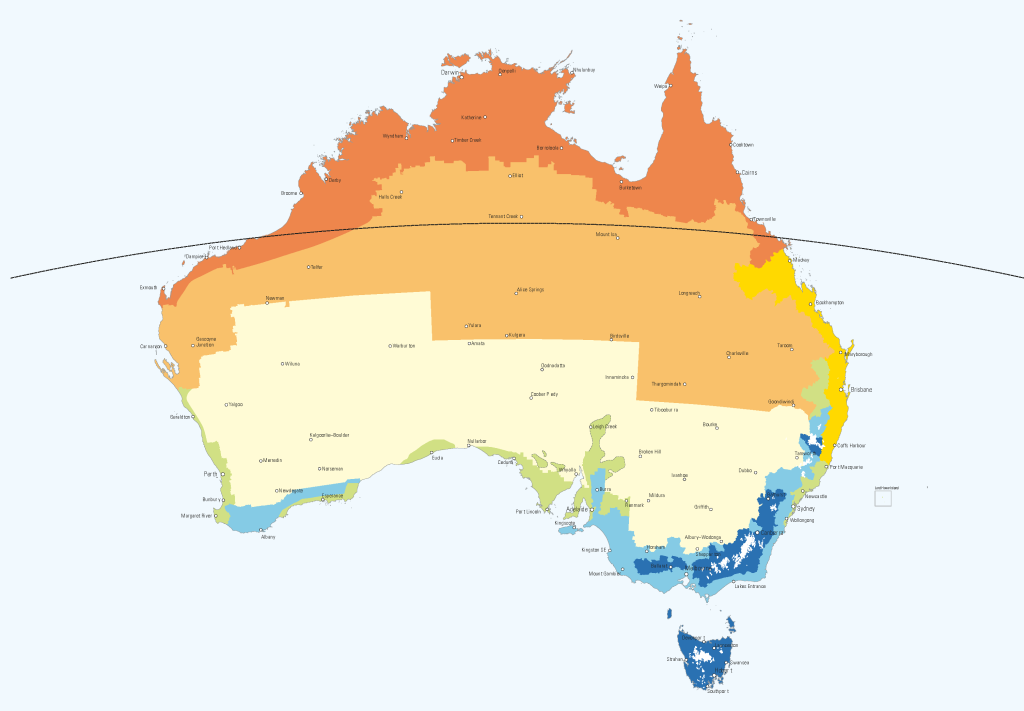
Image: Australian climate zones, National Construction Code Source: Australian Building Codes Board
Evaporative Cooling and Indoor Air Quality
Evaporative coolers are an excellent way to properly ventilate your home and maintain indoor air quality. This is because evaporative coolers bring in 100% fresh, filtered, outside air into your home, with the warm air being expelled through open windows. For every litre of air delivered, a litre of inside air is displaced and sent outside. Seeley International evaporative coolers can replace the air in your whole home every 2 to 3 minutes4, flushing out indoor pollutants. Ventilation needs will also vary from home to home and throughout different times of year. This can be addressed by scaling the air change up or down accordingly, using the variable speed fan.
You can also run your evaporative cooler on dry or vent mode, which will circulate fresh, outdoor ambient air into your home. Having a ventilation strategy will keep your home air healthy.
Reverse Cycle Air Conditioning and Indoor Air Quality
Air conditioning systems that recirculate the air, such as reverse cycle systems, have minimal or no air changes through your home. Without fresh air exchanges, CO2 can build up. Dependent on their quality, some filters within reverse cycle systems can address particulate matter, but cannot filter CO2. It is therefore very important to consider a ventilation strategy alongside any air conditioning system that recycles the air. Regular maintenance and filter cleaning is also vital to ensure they continue performing at their best.
Other ways to take care of your indoor air
Here are some simple, inexpensive ways to look after the air in your home.
- Clean rugs, carpeting, and fabric furniture often
- Wash bedding in hot water once a week
- Bathe and brush pets often to remove dirt and loose fur
- Keep your home at optimal humidity between 40% to 60% to help prevent mould and dust mites
- Never smoke inside the house or car
- Switch to non-toxic cleaning products
- Clean or replace HVAC filters regularly
- Get some greenery! Indoor plants can promote natural oxygenation. NASA proved this in the 1980’s, after growing plants on space stations!5
- Consider CO2 monitors or smart home technology to track indoor air quality
- Ensure you are using the exhaust fans while cooking and showering
- Limit burning of candles and incense
- Thinking about a freshen up or renovation? Consider low VOC building materials and paints
To recap, maintaining good indoor air quality is essential for a healthy and comfortable living environment! We hope these tips help you to achieve a cleaner and safer home atmosphere and breathe easier.
